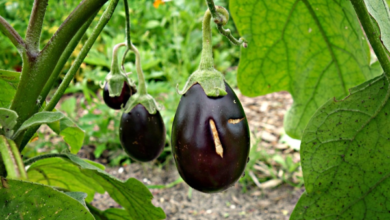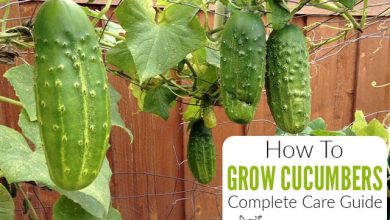Urban Garden Kit: Everything you need to start growing at home
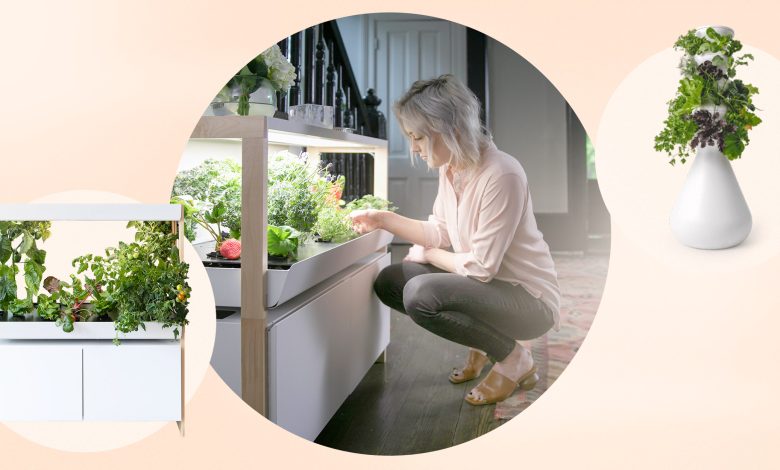
If you want to start growing at home, the first and most important thing is that you know the things that you are going to need. Today we will see what the Basic Urban Garden Kit contains, so you can easily start growing your own organic food.
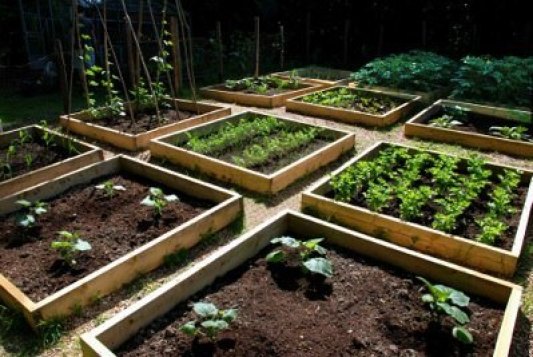
What is an urban garden kit
An urban garden kit is the set of essential elements (tools, containers, soil…) that are needed to get the vegetables of the garden to grow in our own home.
Some elements of the Urban Garden Kit, such as the tools to cultivate or the elements for irrigation, must be purchased. Others you can make yourself with waste and reused materials, as is the case with compost and some recycled containers.
Finally, there are other components of the kit that you must have before you start: the space to install the garden or flowerpot and the sun, which should illuminate the garden area for a few hours a day.
Although there are some elements that may be common, there is not a single urban garden Kit, each one makes their own personalized depending on the type of garden we want, the space we have, etc.
Now I will try to make a summary of the most important that an urban garden Kit should contain. (You can find more information about each element in the links that I leave you and in other blog posts).
What does an Urban Garden Kit contain?
- culture vessels
- Substratum
- Seeds or seedlings
- Fertilizer or manure
- Water and irrigation system
- Tools to grow
- Ingredients for natural preparations against pests and diseases
1. Containers or culture vessels
You can buy pots, elongated planters or even larger containers: cultivation tables, which will allow you to work more comfortably since they are raised from the ground.
In the post I wrote about the Grow Containers you can see the conditions that the containers must meet and some very original ideas for the urban garden.
Keep in mind that you must choose the right size container based on what you are going to grow. As you can see in the post about containers, some plants need more depth and others less. It is also important to make some holes in the bottom of the container and place some pebbles to promote drainage and prevent it from becoming saturated with water and rotting the roots of the crops.
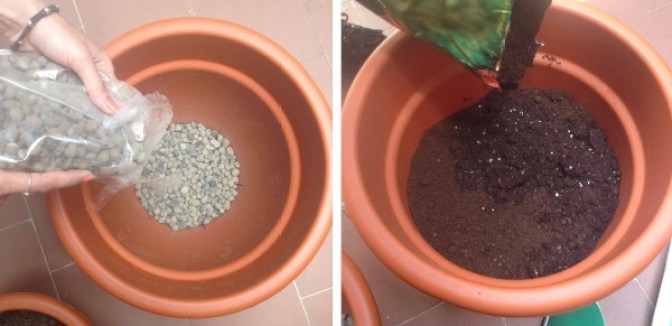
If you are going to put the garden directly on the ground, the cultivation containers are not necessary, although you can use raised beds or wooden blocks like these to delimit the urban garden:
I particularly like urban gardens that use recycled materials to make the growing containers. They can be used from pallets, to bottles or boxes of fruit, I have even seen broken appliances as urban garden containers! You can use everything I allow you
2. Substrate
If you don’t have a plot of land or garden to set up your in-ground garden, you’ll need to purchase garden soil or substrate. The substrate is another essential element of the urban garden kit (unless you are going to put a hydroponic garden or one with inert substrates, but that is another story…).
In other blog articles we have already talked about how to choose the best substrate for the garden, you can read more about this if you use the “Search” tool, in the orange box that you will find at the top right. Also in the «Videos» category we leave you some tips on substrate and other elements necessary to grow at home.
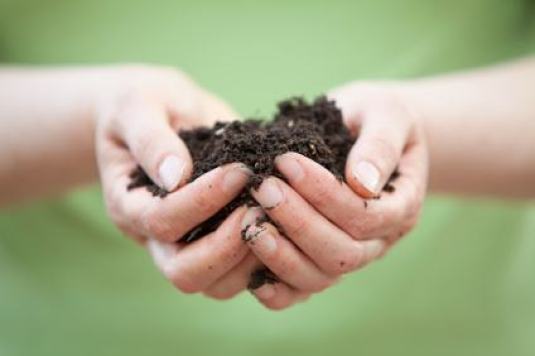
3. Fertilizer or manure to add to the substrate
In any self-respecting organic garden, crops are fertilized with the quintessential organic fertilizer: compost.
It is very easy to make homemade compost with organic waste from the kitchen, the garden, and some soil, and thus have quality and very cheap organic fertilizer, made from waste that would otherwise be wasted.
Compost to fertilize the garden can also be bought ready-made, as well as other organic fertilizers such as vermicompost or earthworm humus, manure and compost tea, which can be made at home or bought in specialized stores. More information about this in 5 ways to fertilize the organic garden.
4. Seeds or seedlings
If what you want is a true organic urban garden, you should buy bags or envelopes of certified organic seeds.
You can also get your own seeds from the garden (if you have not used chemical fertilizers or pesticides, although they are not certified, the seeds are also organic). But for that you will have to wait for the first harvest or get a friend with a garden to give you one of theirs.
If you want to save yourself a step, you can buy already germinated seeds at any garden store, or what is the same, seedlings or seedbeds already made. In that case, you will already have the seedlings ready (small plants approximately one foot in size) that you will have to plant in the final land or in the cultivation containers.
But… What to grow in the garden? What seeds or seedlings to buy?
There are many types of plants for the garden, not just the typical «tomato and lettuce» for salad. In the post What plants to grow in the garden you have some ideas of more original and useful plants that can be grown in an urban garden.
5. Water and irrigation system
Depending on the species you choose, you should use more or less water to irrigate.
Depending on the water needed, the size of the orchard and the time and desire you have, you can choose to water manually with a watering can or a hose, or water with an automatic irrigation pipe system, such as drip irrigation, micro-sprinkler or the exuding tape.
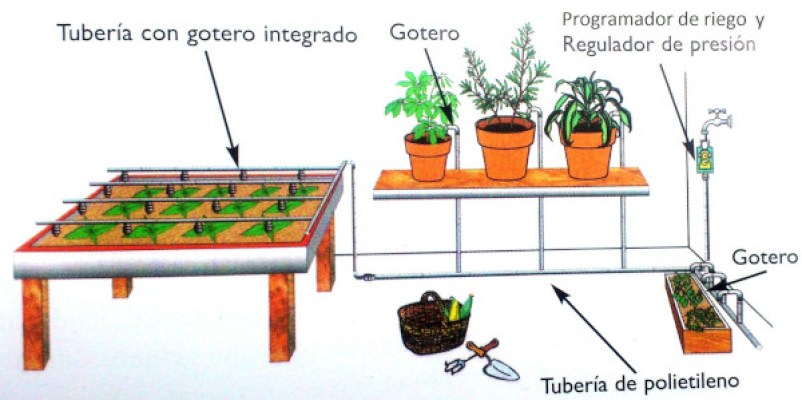
Source: Book «The urban garden» (Vallés, 2007)
6. Tools to grow
Growing tools are always a basic component of the Urban Garden Kit. The most important are the gloves, the scissors (necessary, among other things, to harvest the crop), the rake to level the substrate or soil or, if you don’t have automatic irrigation, the watering can.
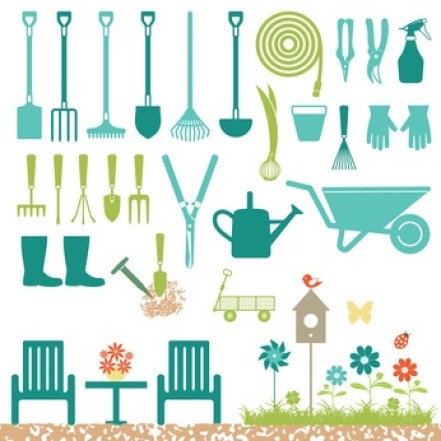
You can learn about the most important garden tools in the post 10 necessary tools for your garden.
7. Natural preparations against pests and diseases
It is not necessary that you have them ready from the beginning, but it is convenient that you know some natural and ecological remedies that can be done at home to combat pests and diseases.
Many of these ecological preparations against pests are made with plant extracts, so it will be very useful if you have plants such as garlic, ants or horsetail in the garden or in a separate pot, basic ingredients of some of these natural remedies. against pests and diseases.

These are the main elements that your Urban Garden Kit should have, although, as we saw at the beginning, each garden is different and, therefore, each Urban Garden Kit will also be. If you have other ideas that could be incorporated into the Garden Starter Kit, feel free to comment in the thread below.
And… when we have everything at hand we will be ready to start cultivating a garden at home.
In this post on How to make a garden step by step and grow your own food you have more advice on how to use the components of the Urban Garden Kit and plan the different tasks step by step (planting crops, planting in seedbeds, integrated fight against plagues and diseases…).
If you have little space and you plan to use the Urban Garden Kit to grow in containers on a small patio or terrace, the post « Garden in a patio: how to do it easily », where you will find the video library on how to make a flowerpot and some tips on the plants you can choose to grow in pots.

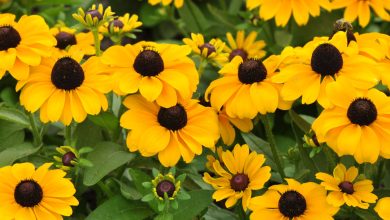
![Photo of Planting a Pear Tree: [Care, Irrigation, Soil, Pests and Diseases]](https://www.complete-gardening.com/wp-content/uploads/2022/08/planting-a-pear-tree-care-irrigation-soil-pests-and-diseases-390x220.jpg)
